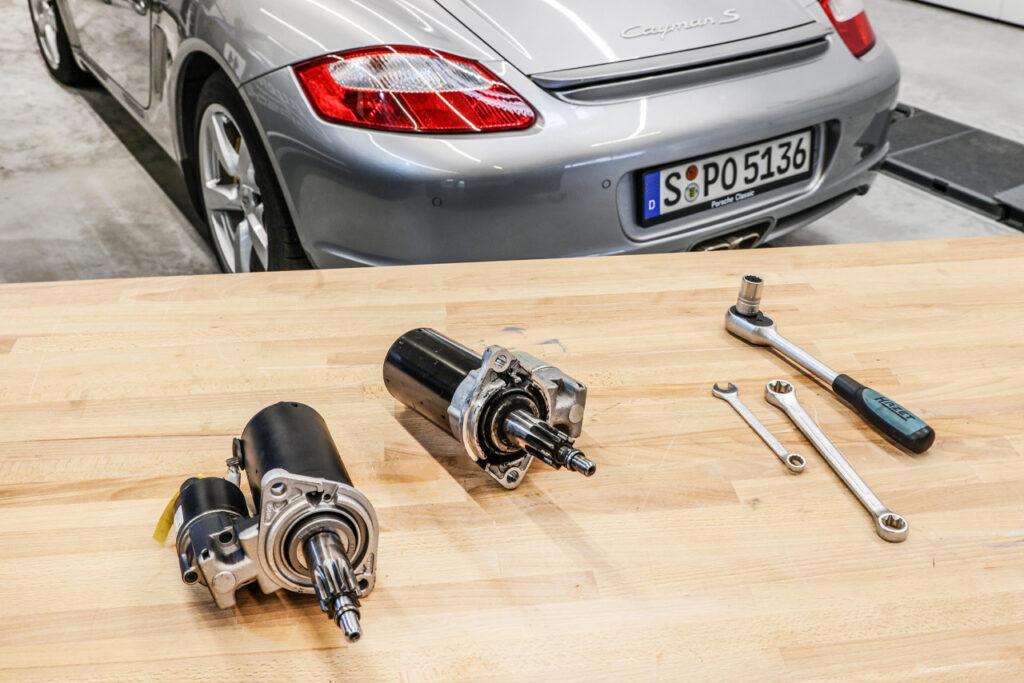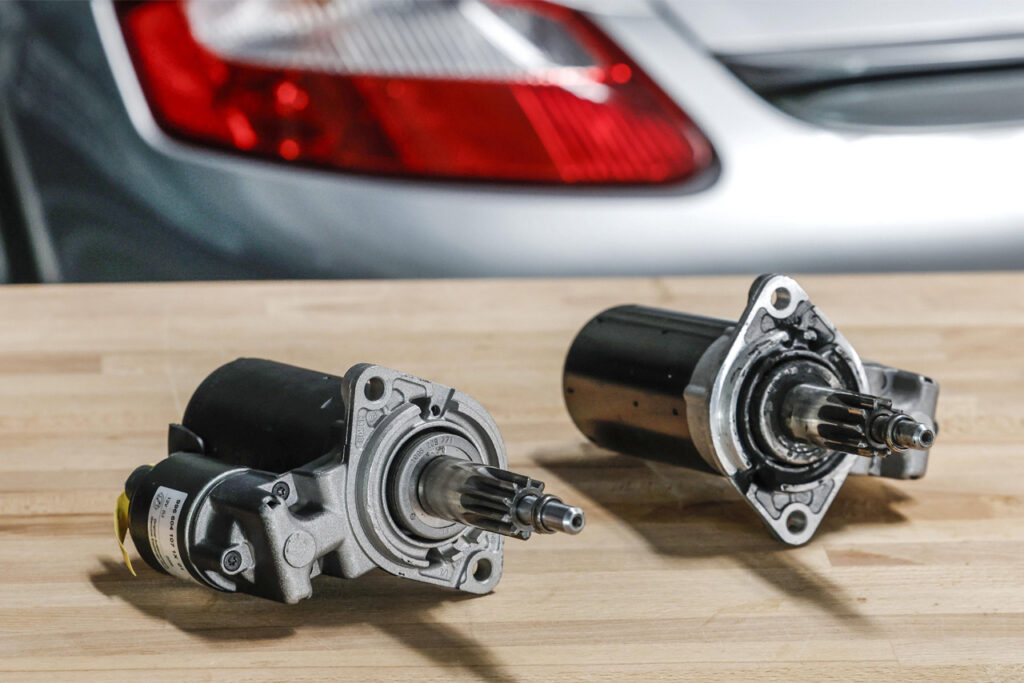
Ever wondered what happens to defective parts or components that don’t meet quality control standards? Some might assume these parts are simply thrown away, and most people don’t give much thought to what happens to these expensive resources and materials. But Porsche, through its “remanufacturing” approach, reconditions defective vehicle components into fully functional spare parts.

Porsche is working to further develop its existing remanufacturing program through a cross-departmental pilot project aimed at advancing its commitment to sustainability. By refurbishing defective components into spare parts, valuable resources are conserved throughout a product’s life cycle.
To strengthen this initiative, Porsche is integrating the remanufacturing process earlier into vehicle development projects. This allows engineers to account for the reusability of selected components from the beginning, encouraging closed-loop systems throughout the vehicle value chain and contributing to a more resource-efficient use of spare parts.

Certain components from various Porsche models are already being recycled through this targeted remanufacturing effort. Items like gearboxes, navigation systems, starters, alternators, and more are included. However, the process follows a strict rule: all remanufactured components must meet the same quality and safety standards as brand-new parts.
Albrecht Reimold, Member of the Executive Board for Production and Logistics and sustainability mentor on the Management Board, explains: “Remanufacturing of components is an important future field for Porsche. On the one hand, it helps us fulfill our responsibility to the environment and our goal of conserving resources. But it also allows us to offer our many customers with classic and vintage vehicles better access to high-quality spare parts in the long term. We want to further increase the proportion of components suitable for remanufacturing in the future.”
Specifically requested parts that already have an existing reconditioning process are stored in Porsche’s spare parts warehouse in Sachsenheim. From there, they are transferred to specialized reconditioning plants—often the original manufacturers of the components. At these facilities, the parts are carefully cleaned, disassembled, and tested. Individual components that cannot be reused are replaced, while functional ones are retained. The entire unit is then reassembled and subjected to the same quality and safety tests as brand-new spare parts.
While not every part of a car can currently undergo this remanufacturing process, Porsche is constantly researching new components that could be eligible—such as headlights, electric drives for rear spoilers, and various electronic control units.
Due to the success of this program so far, Porsche is pursuing the firm and permanent integration of remanufacturing into the vehicle development process. The goal is to make remanufactured parts available to Porsche dealers at even earlier stages of a vehicle’s life cycle. Through this process, Porsche can not only extend the lifespan of its vehicles but also significantly reduce environmental impact across the entire product life cycle—with forecasts showing greenhouse gas emissions reduced by up to 50% and material savings of up to 80%.









